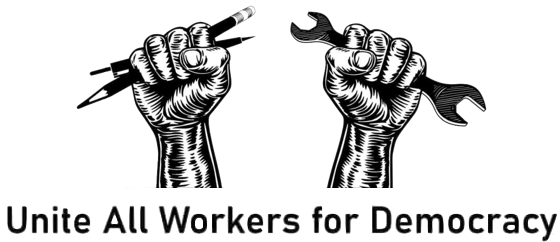A full appreciation of the need for comprehensive labor law reform requires an understanding of the serious shortcomings in current law and how they have been exploited over the years by employers resisting efforts by their workers to form unions. Structural weaknesses in the law, exacerbated by anti-union amendments to the NLRA in 1947 and aided by a series of rulings by the National Labor Relations Board (NLRB) and courts, have allowed employers to interfere in and defeat efforts by their workers to organize unions and to face no real consequences for doing so. The full effect of these trends can be seen by analyzing how dramatically new unionization fell in the 1970s—a trajectory from which the labor movement has never recovered.

